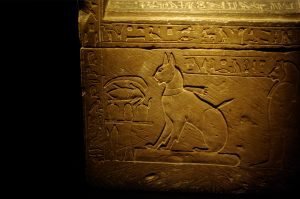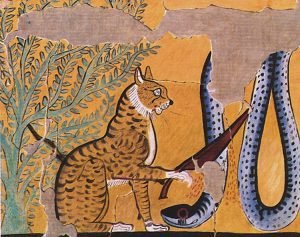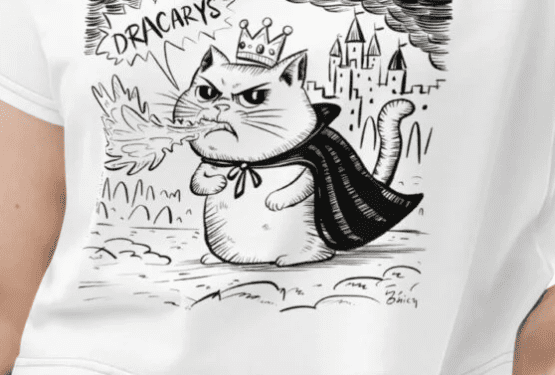In the age of the Internet, no creature has spellbound gatherings of people very like the modest house feline. Regardless of whether caught in a perky photograph or deified through a peculiar video, these depictions have demonstrated the creature’s cutting edge ability. The prevalence of feline pictures, in any case, did not begin with web-based life; actually, such pictures have been an imaginative staple since old occasions.
From age-old works of art to progressively present-day visual computerization, felines have been taking the show for quite a long time. Here, we investigate the feline’s job in craftsmanship history, giving specific consideration to the class and developments that seem to have particularly supported cat subjects.
Old Egyptian Tomb Art
Over the span of workmanship history, no gathering has depicted cats as positively as the old Egyptians. In the wonder of felines’ fellowship, balance, and chasing capacities, Egyptians saw the creatures as hallowed, portraying divine beings and goddesses in their resemblance and consistently fusing them into their help carvings, papyrus works of art, and, most prominently, tomb design.
Illustrations and etchings of ground-breaking felines were frequently highlighted on both old Egyptian stone coffins and the dividers that encompass them. Notwithstanding decorating tombs lodging human remains, these portrayals are likewise fittingly found inside cats’ entombment locales. Seen as relatives, pet felines were grieved, embalmed, and covered with the goal that they, as well, could go into existence in the wake of death.

Chinese Paintings
Respected for their lion-like stalking abilities (and ensuing commitments to bug control), tamed felines have been kept as pets in China for a huge number of years. In this manner, in most Chinese workmanship, they are commonly demonstrated doing what house felines do best: chasing little creatures, investigating their environment, or twisting up for a feline snooze.
Given the smoothness of their outlines and the adjusted forms of their bodies, they stay favored subjects among Chinese painters and calligraphy craftsmen.

The Tomb of Nebamun (ca. 1400 BCE) Photo: Albertis Window [Public Domain]


